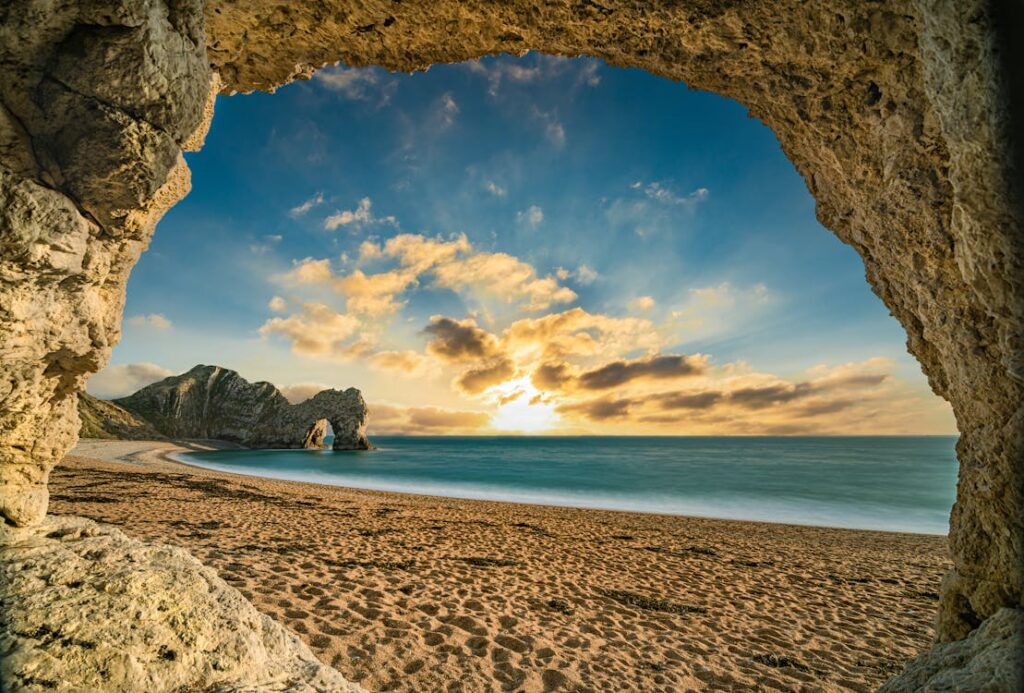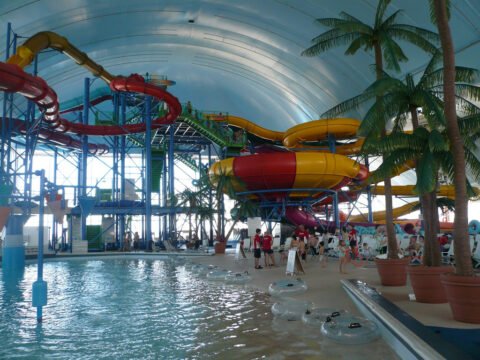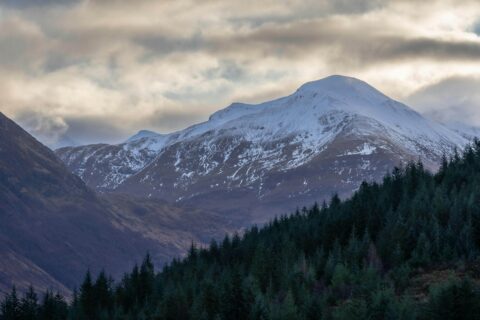Jurassic Coast World Heritage Site
Jurassic Coast

The Jurassic Coast is also known as the Dorset and East Devon Coast located along the southern coast of England. The Coast stretches approximately 96 miles from Exmouth in East Devon to Studland Bay in Dorset. In 2001, it was declared a UNESCO World Heritage Site, because of the geological significance of the coast and the rich fossil records. This coast provides information on 185 million years of Earth’s history including the Triassic, Jurassic, and Cretaceous periods. It includes space with interesting rock protrusions and makes it possible to learn about the history of life and the development of our planet Earth.
Significance as a UNESCO World Heritage Site
The feature that the traces of the Mesozoic Era (Triassic, Jurassic, and Cretaceous) can be found in sequence, made it unique from all other World Heritage Sites. The coastline is home to a variety of natural wonders including cliffs, arches, and coves. These formations have been shaped by the forces of erosion and sedimentation over millions of years. It has an interesting paleogeology with red sandstone cliffs from the Triassic period, blue-grey clays and shales from the Jurassic, and chalk cliffs from the Cretaceous period. All these geological layers have different types of fossils and through them, as well as through photographs and models presented to the public, one can virtually follow the evolution of life and environmental conditions on the planet.
The Jurassic Coast is not only about the geological wonders of the Mesozoic Era. The area is also famous for its towns and villages, each offering unique opportunities to explore the coastline’s geological features and rich fossil records. As a UNESCO Heritage Site, this site also showcases landforms that are prime examples of coastal geomorphology such as Lulworth Cove and Chesil Beach.
Geological History
The history of Jurassic Coast spans over 185 million years covering all 3 major periods of the Mesozoic Era. The name Mesozoic was suggested by John Phillips( a British Geologist) in 1840. The word Mesozoic means “Middle Life”. It is derived from 2 Greek prefixes “meso (μεσο- ‘between’) and zōon (ζῷον ‘animal, living being’).
Mesozoic Era
Triassic Period (252 – 201 million years ago):
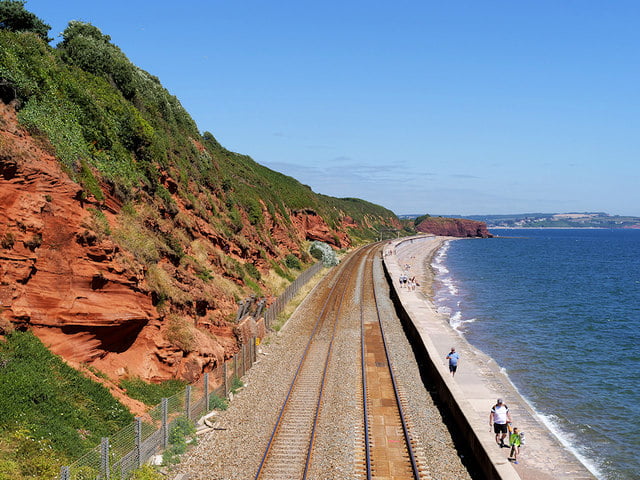
The Mesozoic Era begins with the Triassic period which is known for its dry climate. At this time supercontinent Pangaea was breaking apart and forming (South America, Africa, India, Antarctica, and Australia) in the south and (North America and Eurasia) in the north. This splitting of the supercontinent also forms the deserts and expulsions of red sandstone and mudstone. These rocks are known for their red color due to iron oxide content, and they can be found in the East Devon part of the Jurassic Coast.
Jurassic Period (201 – 145 million years ago):
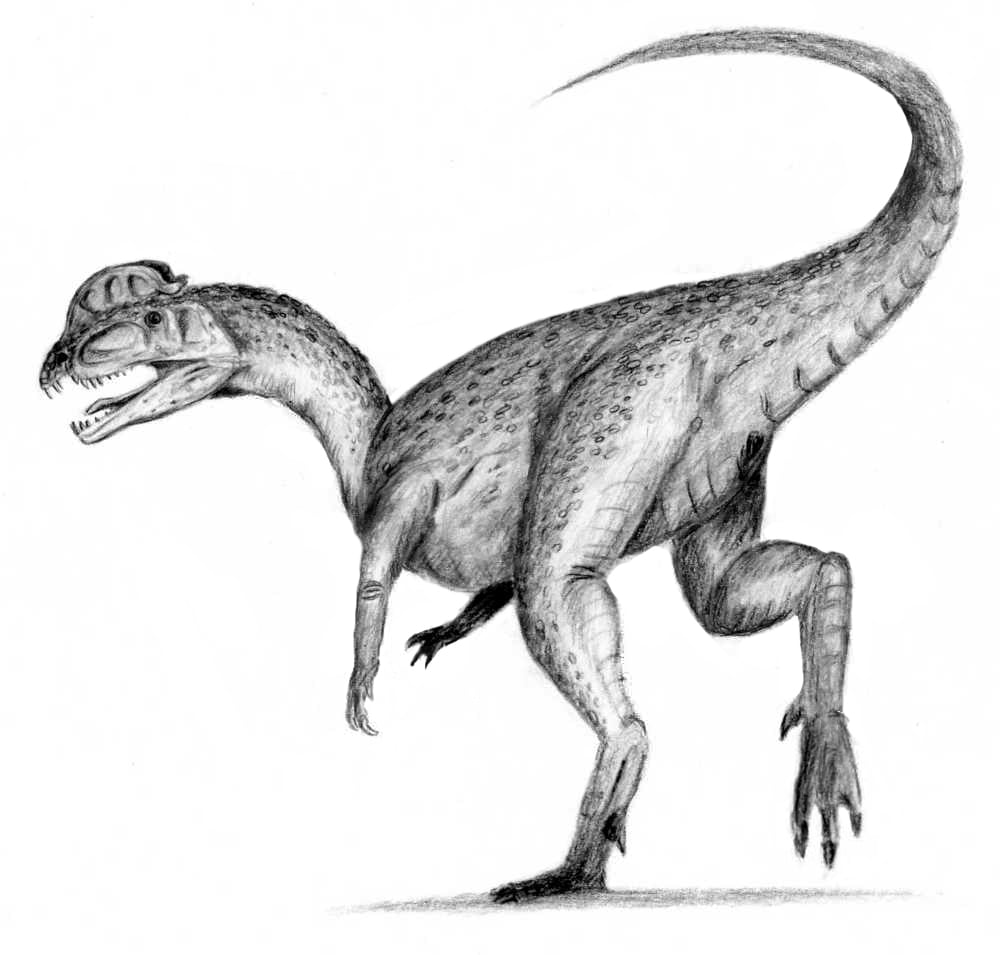
Known for its warm and humid climate, the Jurassic period assisted in the development of rainforests and shallow seas. During this period there was a marked diversification of marine and other life forms, there was also the existence of dinosaurs like Dilophosaurus. A variety of rocks formed during this time including clays, limestones, and sandstones can be found in Lyme Regis and Charmouth, where abundant fossils can also be found.
Cretaceous Period (145 – 66 million years ago):
The Cretaceous is known as the final period of the Mesozoic Era. This time is mostly known for high sea levels and the formation of chalks and limestone. You can find these stones, formed by the remains of marine organisms, in the western part of the Jurassic Coast. It also marked the appearance of the flowering plants and the demise of the dinosaurs on the face of the earth.
Importance of Coastal Erosion in Revealing Geological Features
In the process of shaping and showcasing the features of the Jurassic Coast, Coastal Erosion has played an important role. A sequence of rock layers and fossil records are exposed to the continuous processes of erosion and sedimentation.
Erosion Processes: A geological process, such as waves, tides, and weathering play a part in coastal erosion by gradually dismantling the softer parts of the layered rocks while exaggerating the harder parts. The process of erosion also exposes the fossils that were buried millions of years ago.
Geological Insights: Erosion is a continuing process that continues to give geologists and paleontologists such as ourselves proper chances to research the stratigraphy profile and fossils of the Jurassic Coast. Every storm or high tide can bring new fossils to the shore; this indicates that the historical ecology and evolutionary biology of the region are still open for more revelations.
Educational Value: Education and research is another purpose where Jurassic Coast functions effectively as a teaching and learning site. People can gamble on the geological activity and get a firsthand view of the formation of the earth through, walking trips, fossil hunting, and learning activities. This is due to the site’s relative ease of access as well as the myriad of geological structures present here that would be of great use for research or as a source of information to those interested in geological fun facts and the like.
Biodiversity and Ecosystems
The Jurassic Coast is not only a UNESCO World Heritage Site of geological features, it’s also rich in biodiversity and diverse ecosystems that have made progress in millions of years. Each one of the periods in the 3 periods of the Mesozoic Era contributed to the development of Flora and Fauna which indicates the ecosystem we study today.
Flora:
The remarkable changes occurred during the Jurassic and Cretaceous periods of the Mesozoic Era.
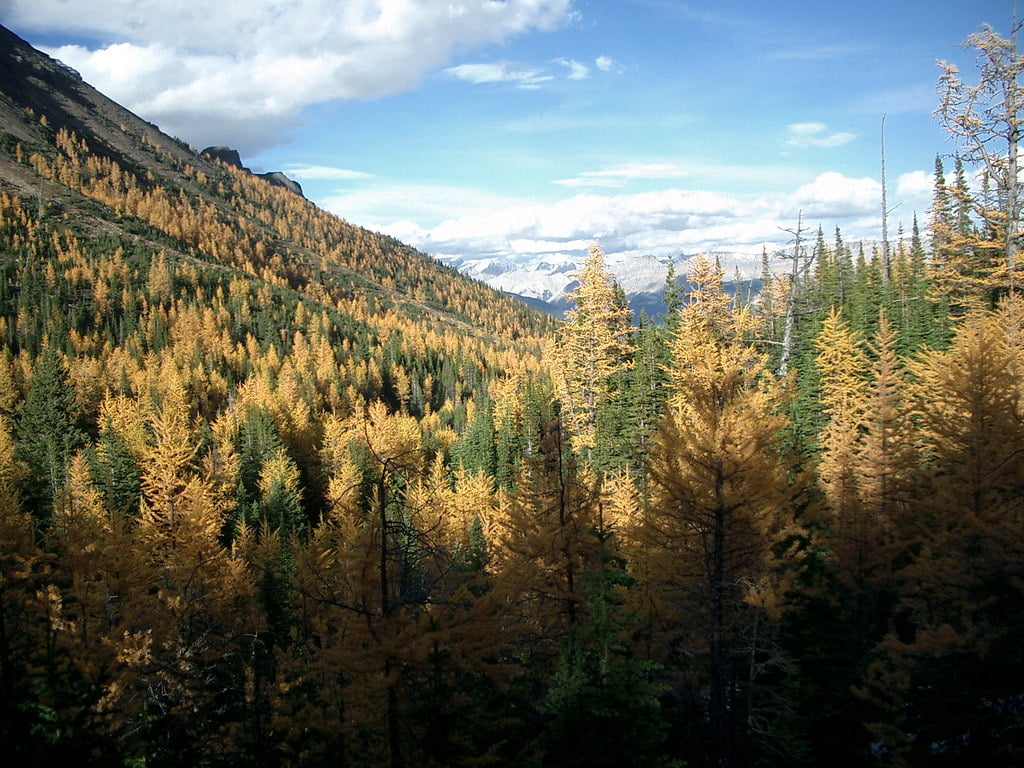
Triassic Period (252 – 201 million years ago):
At the time of the Triassic period, flora mostly consists of “Gymnosperms”, including Cycads, Ginkgos, and Conifers”. In the warm dry environments that existed at the time, these plants thrived and survived the arid climate as Pangaea began to split.
Jurassic Period (201 – 145 million years ago):
The Jurassic period was the time when diverse plant life appeared with more advanced gymnosperms. Also, the first appearance of angiosperms was first seen at the end of this period. The warm and humid climate of the period resulted in forests of conifers and ferns. These new plants provided food and habitat for many animals.
Cretaceous Period (145 – 66 million years ago):
The period of the Cretaceous is known for the variety of flowering plants that influence terrestrial ecosystems. The Cretaceous Period provided new food sources for herbivorous dinosaurs and other animals with the further development of complex plant communities, including diverse angiosperms. The presence of flowering plants played a major role in shaping pollinators including insects during early evolution.
Fauna:
The Mesozoic Era is not only known for plant life but also for a variety of animal life. These fauna particularly include reptiles, dinosaurs, marine reptiles, and flying reptiles.
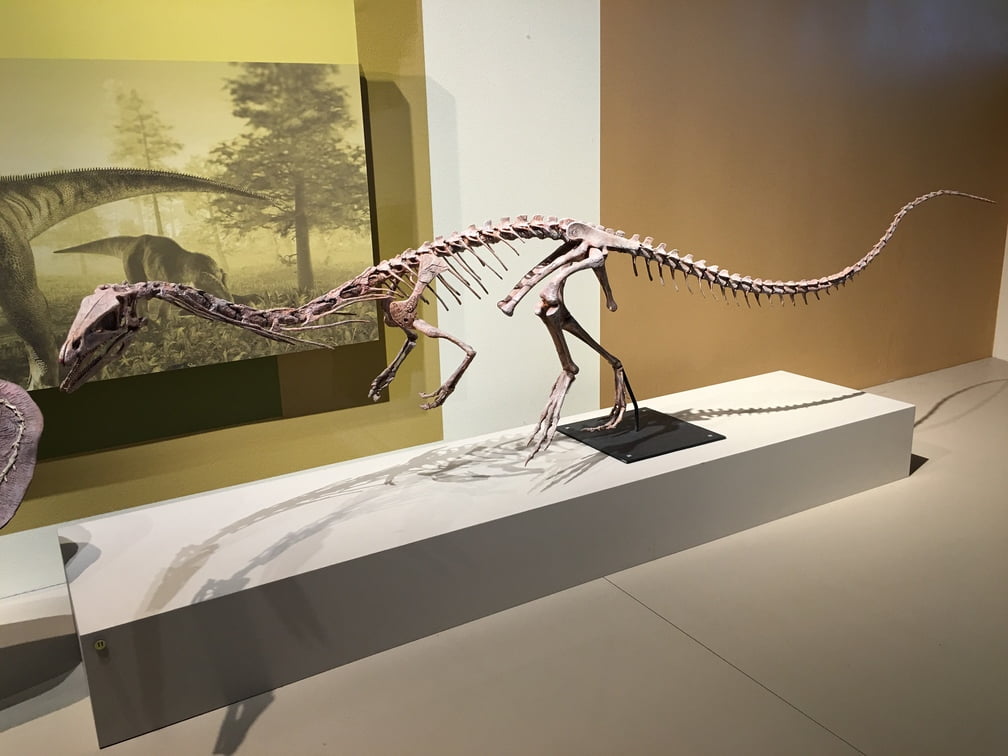
Triassic Period:
The Triassic period marked a time of recovery from the Permian-Triassic extinction event and divided into three parts: Early, Middle, and Late.
Some examples of fauna were early dinosaurs like Coelophysis and other reptile forms. Several types of fish inhabited the oceans; ammonites; and the first true mammals, which were small and lived at night.
Jurassic Period:
The Jurassic Period is also known as “the Age of Dinosaurs”. With the legendary species of dinosaurs such as Brachiosaurus and Stegosaurus, dinosaurs became the most superior earthly animal. With the presence of large marine reptiles like plesiosaurs and ichthyosaurs, marine ecosystems also developed. The Archaeopteryx, also known as the first bird also appeared during the last Jurassic Period.
Cretaceous Period:
In the period of Cretaceous, new groups and varieties of dragons appeared, including theropods and hadrosaurs. There was a continuous increase in marine life like mosasaurs and other large predators. At the end of the Cretaceous Period, many species of dinosaurs and marine reptiles were dying out. This is known as the “Cretaceous-Paleogene extinction event”.
Activities and Attractions
The Jurassic Coast offers a variety of things to do and see for visitors. It’s a popular destination for art lovers, families, and history enthusiasts alike. This renowned UNESCO World Heritage Site offers something for everyone according to its preference.
Fossil Hunting
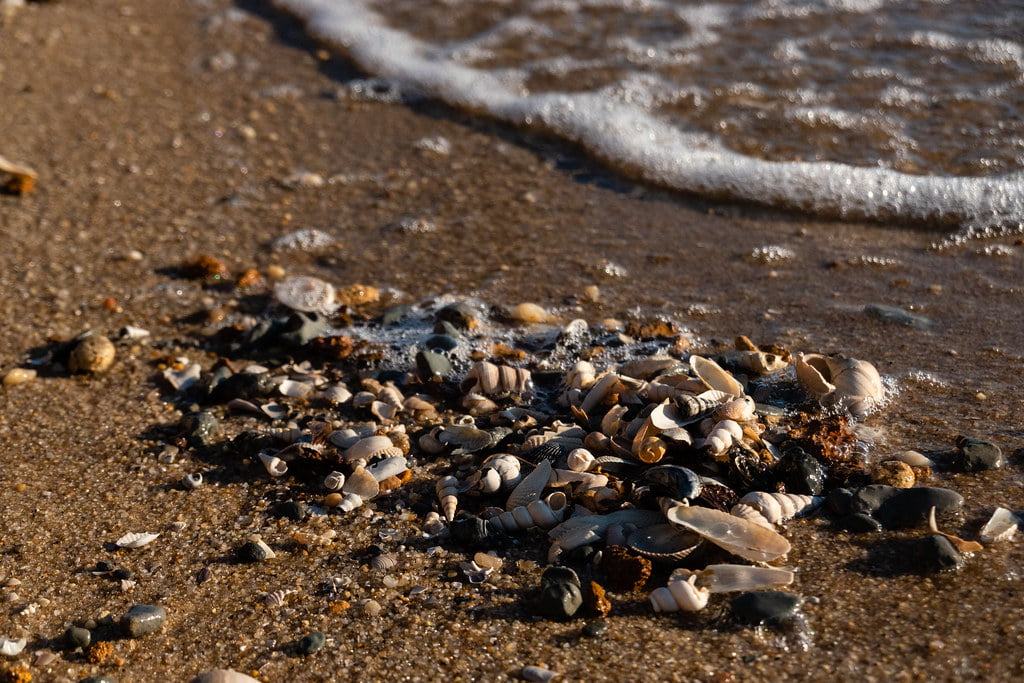
A popular activity among history lovers is fossil hunting. It can be done along the coastline near the water and the beaches like Lyme Regis and Charmouth. Such areas are popular for rich fossil records, where visitors can find remains of ancient marine life, including ammonites, belemnites, and also the bones of prehistoric reptiles like Ichthyosaurs. Guided tours are also available, where you can get information to safely collect the fossils.
Beaches in Jurassic Coast

The Jurassic Coast is full of beautiful beaches, ranging from family-friendly beaches to birdwatching beaches. Each one of them offers opportunities for swimming, sunbathing, and picnicking.
- Lyme Regis Beach: A beach that is good for families especially when walking along the shore given that the sand belt is rather wide and steadily rising; the pretty pedestrian boulevard.
- Durdle Door Beach: People widely recognize the beach for its monumental limestone arch, making it a perfect spot for relaxing and taking pictures.
- Chesil Beach: A beautiful, natural pebble shore that spans an 18-mile distance along the seafront and is particularly suitable for both walking and spotting avian species.
Cultural and Historical Attractions
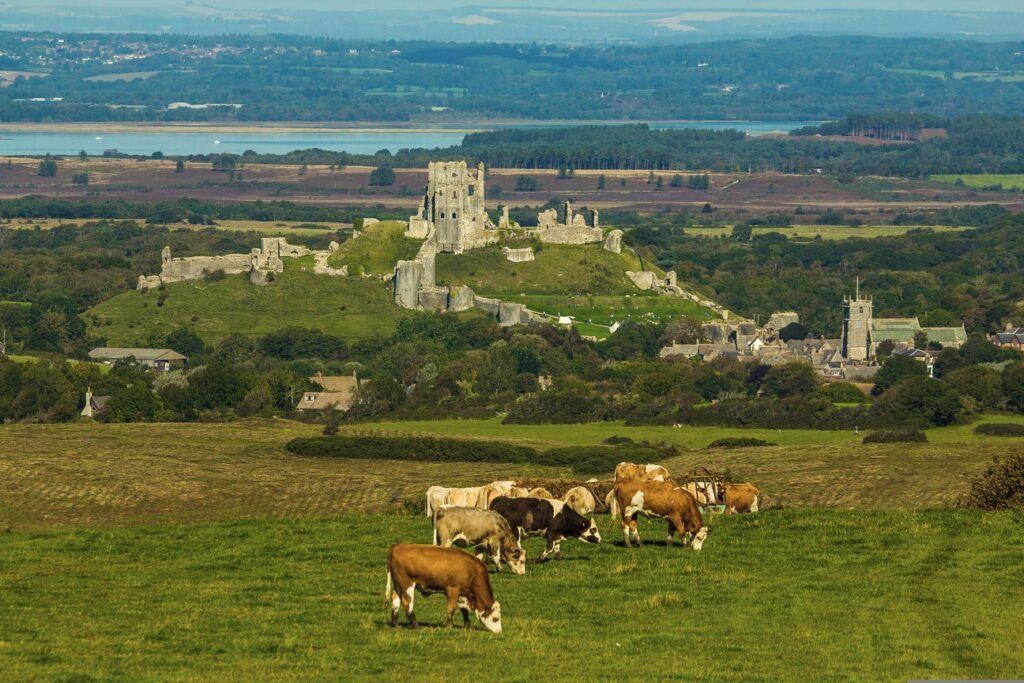
The Jurassic Coast is rich in cultural heritage, with several historical sites worth visiting:
- Corfe Castle: Some of the ruins are quite beautiful, and it may provide a look into the medieval period of the locality. The grounds include the castle and the gardens, and there are beautiful views of the Peerwald countryside.
- Swanage Railway: A railway that uses steam pullers and goes through the beautiful isle of Purbeck and gives quite an enchanting ride.
- Tyneham Village: A village that the inhabitants had to leave during the Second World War elaborated as a historic site reminding of the war consequences.Overview of activities and attractions
Local Cuisine and Shopping
Tasty meals can be tasted in various cafés, restaurants, and pubs situated on the coast. Most of these facilities serve exquisite seafood and other dishes of the regional cuisine. Facilities such as shops, cafes, restaurants, tea rooms, galleries, museums, tourist information centers, and tourist accommodations are still present in Lyme Regis and Swanage where shoppers are guaranteed to fall in love with the elegantly crafted souvenirs including fossils and artifacts that they can carry home as souvenirs.
Conclusion
To sum up, Jurassic Coast is a place that offers something for everyone. One can explore the geological wonders of the coast do fossil hunting, hike along scenic trails, or he/she can learn about the history of the area. A trip to a UNESCO World Heritage Site is a remarkable experience that lasts forever.
